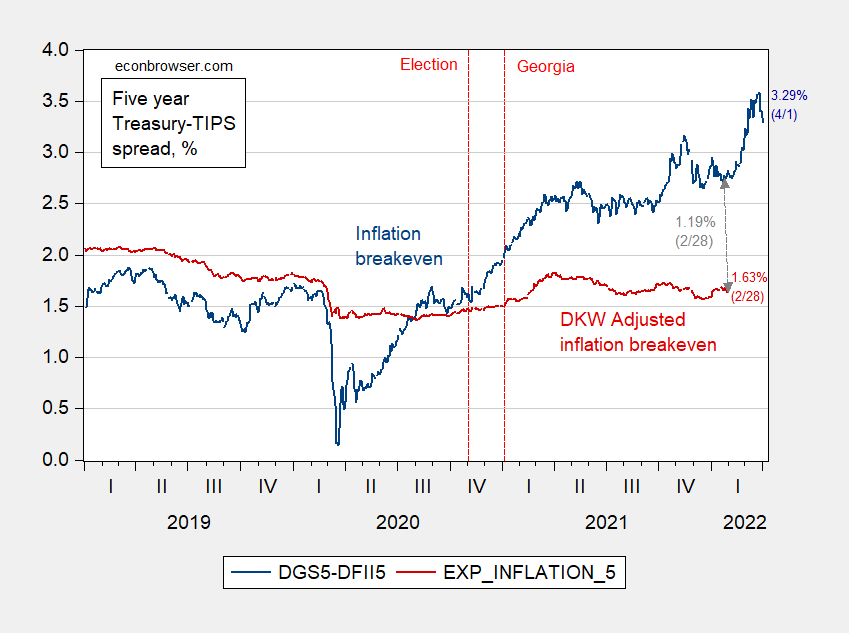Assorted Links Sunday
How to improve conferences, the dying art of driving a stick shift, 1950 vs today, life, Wikipedia, and more.

Table of Contents
According to a Pew Research Center analysis of Census Bureau data, women younger than 30, on average, earn at least as much as or more than men in D.C., New York, Los Angeles and 19 other major metro areas...
Inflation expectations and forecasts:

I've long been a believer in making sure your community's Wikipedia is awesome: How to develop and create a Wikipedia page that sails through the approval process.
Food for thought:

The next time you are attending a formal presentation at a conference, ask yourself these questions: Is this better than all of those Zoom calls I am turning down? Is this better than the next best YouTube clip I might be watching? For most people, the answers are obvious. Conference organizers need to be willing to pull the trigger and usher the presentation into a gentle retirement.
Charismatic presentations still can be important to motivate a sales force or to build the unity of a crowd. But informational presentations are obsolete.
Earlier in my career, I went to presentations not to listen, but rather to meet the other people interested in the topic. That made sense at the time, but these days information technology provides superior alternatives. For instance, I have been to conferences that have “speed dating” sessions (without the date part, to be clear, and with vaccine and testing requirements) where you meet many people for say two minutes and then move on to the next meeting. This should become a more regular practice. Conference organizers also can create “speed dating pools” where everyone interested in a particular topic area has a chance to meet.
Another marvelous practice prompted by the pandemic that should be continued and indeed extended at all conferences: outside sessions, especially with group discussions.
Who knew: Walmart has a Chief Economist.
The dying art of driving a stick shift: In Europe, 80% of cars sold have manual transmissions. In the U.S., it’s only 1%.
America in 1950 vs today:
The Census data shows that of the nation’s 10 largest cities in 1950, only New York City and Los Angeles went on to have larger populations in 2020. The other eight — Chicago, Philadelphia, Detroit, Baltimore, Cleveland, St Louis, Washington, D.C., and Boston — all saw their populations fall in the following seven decades.
Econ Dev Show Newsletter
Join the newsletter to receive the latest updates in your inbox.


